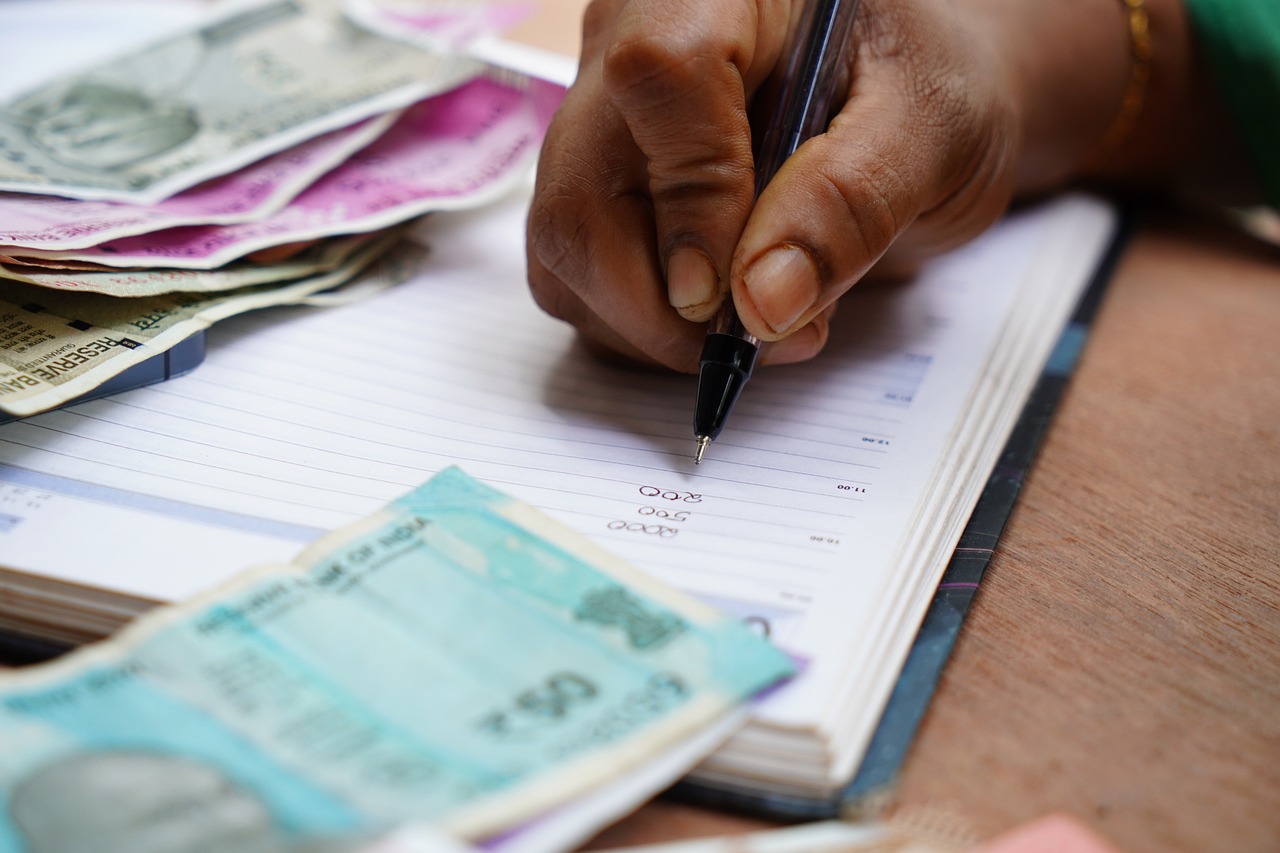Meta Description: a happy healthy population is another strong indicators of economic development. So, it is no surprise it is used as a catalyst for measuring national development.
To be direct, yes, economic development affects population growth. You have to note that both of them go hand-in-hand: there won’t be “economic development” without the human population. So yes, economic development affects the population, and it affects it in many ways.
 The change in any economy affects every sector of a country’s existence, e.g., political, social, military, etc. This is why in every country, the government always prioritizes the ministry of finance and economic development to help them achieving their set goals.
The change in any economy affects every sector of a country’s existence, e.g., political, social, military, etc. This is why in every country, the government always prioritizes the ministry of finance and economic development to help them achieving their set goals.
Again, how economic development affects the population depends on population growth. According to a report by Britannica, every country experience a 2.2% growth in their population annually (although their countries that has 3% in growth).
The point is, if the growth in development grows exponentially, it will positively affect the rate of development, not just economically, but in general terms. This is one of the problems in third-world countries, especially as seen in Africa, where their population growth constantly outgrows their level of economic development.
 When the economic development in a country grows on a positive trend, it has a direct impact on the resident's per capita income. This will also increase their income, and their purchasing power hence, an increase in the living standard index. But you have to also note that the slower or lower the population growth, the higher or faster the economic development.
When the economic development in a country grows on a positive trend, it has a direct impact on the resident's per capita income. This will also increase their income, and their purchasing power hence, an increase in the living standard index. But you have to also note that the slower or lower the population growth, the higher or faster the economic development.
This is why most economists have been clamoring for population control since the 1950s through government different policies. Experts in the field of economics believe that most births in most countries are not necessary. They believe that such a scenario negatively affects economic development.
Three Major Ways Economic Development Affects Population Growth
1. High Employment Rate
When everyone has a job and earns good money, they usually want to have more children. Although this may not apply to Western European countries where having children is not a sign of standard living. But in places like Africa and Asia, a rise in the employment rate represents a progressive increase in the population size.
The employment rate in a society is one of the many indicators of economic development, and governments use it a lot in evaluating the level of development in the country. The government also implores strategies like pro-entrepreneurship policies to complement the ongoing development. They often set up economic teams to discuss the role of entrepreneurship in economic development.
2. High Per Capita Income
This is similar to high employment. When the income per capita of a country is high, the living standard of the population tends to increase. In such a situation, the procreation level is expected to be extremely high. This is also the reason most governments single out population control as a major concern, even while working hard to improve the quality of the people.
3. High Immigration Rate
When a particular country is experiencing a high level of development, there is bound to be an influx of people from other countries who wish to seek greener pastures. Most of these immigrants are usually people from third-world countries who are coming in to get a better job, or probably to raise a family in a better economic condition.

Conclusion
Although more research is being done on better ways to reduce population growth in most countries, especially the ones that happen through procreation, immigration into such countries should also be checked.
Lastly, governments and business cooperations, should, through their various economic development and financial intelligence unit come up with more effective ways to balance the economic development effect of population growth.

